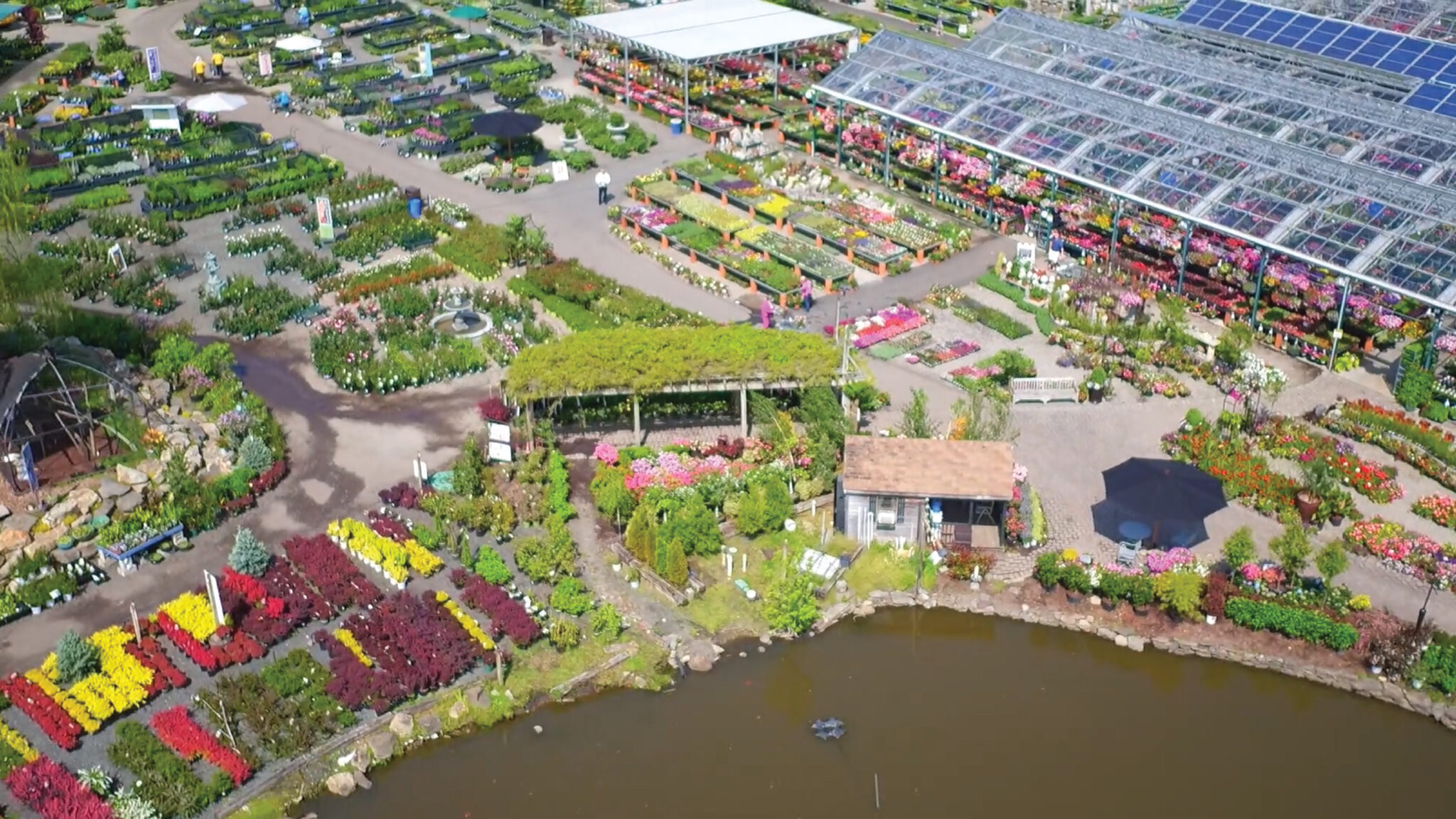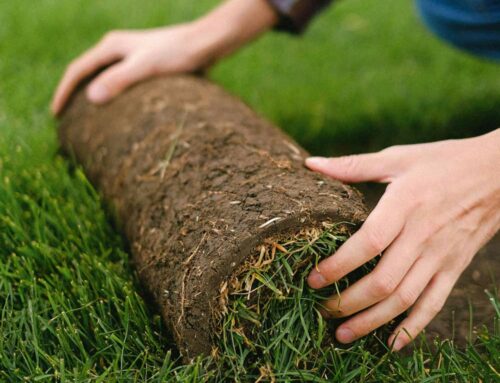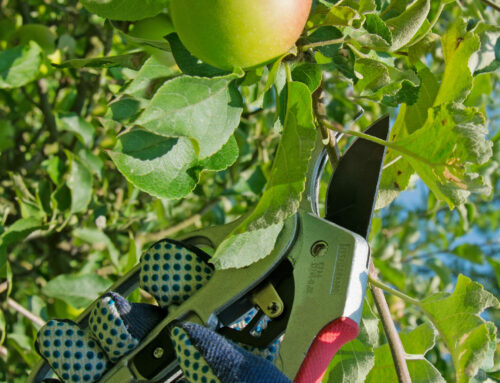Spring is one of the most important times of the year for gardeners. This is the time of year when it’s imperative to be ready when the last frost hits to get outside. Here we have compiled our list of recommended products and tips on how to be the master of your yard.
(Average last frost for Morristown, NJ area is May 21-May 31 – source for more dates)
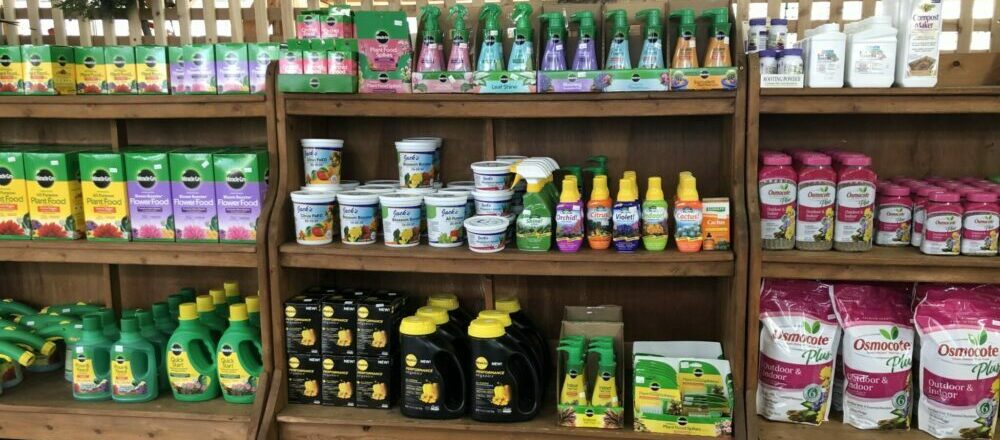
SPRING FERTILIZER
Springtime is one of the most important times of the year for lawn and garden care. Beat the rush of other gardeners and stock up on fertilizer so you are prepared for the first mowing. Lawn food can be added at this point (after the last frost is done) but fertilizer should wait until the first mowing is needed. A light dusting of organic or slow-release fertilizer, we love the Jonathan Green brand Organic Lawn Food. Have early flowering bulbs? Now is the time to fertilize! We love Espoma Bulb-Tone Organic Fertilizer for its all natural ingredients. Insider tip: Bulb-Tone from Espoma can be used for Spring and Fall fertilizing!
Don’t forget about your indoor plants! Between March and September, indoor plants become active and need lots of nutrients to jump start the growing season. Though infrequent, every 1-3 months will do, starting the indoor plant fertilizing process is ideal now before the weather fully heats up. We like Miracle-Gro brand for the variety of products available – especially the organic plant food.

TOOLS
Now is the time to closely inspect your tools. Rusty? Throw it out. Damaged? Repair it, or get rid of it. A wire brush will help remove old dirt and debris from shovels and spades. If you are need of new tools we have a large selection in store. Take your pick from a variety of brands including Fiskars, Corona, and DeWit.
Are you new to gardening? Interested in starting this spring? Here are ideal tools to have on hand for a successful beginning of the planting season:
Digging Tools: shovel, spade, spading fork, hand trowel, hoe
Weeding Tools: hand cultivator, hand weeder
Watering Tools: watering can, hose, bucket
Pruning Tools: floral shears, pruners
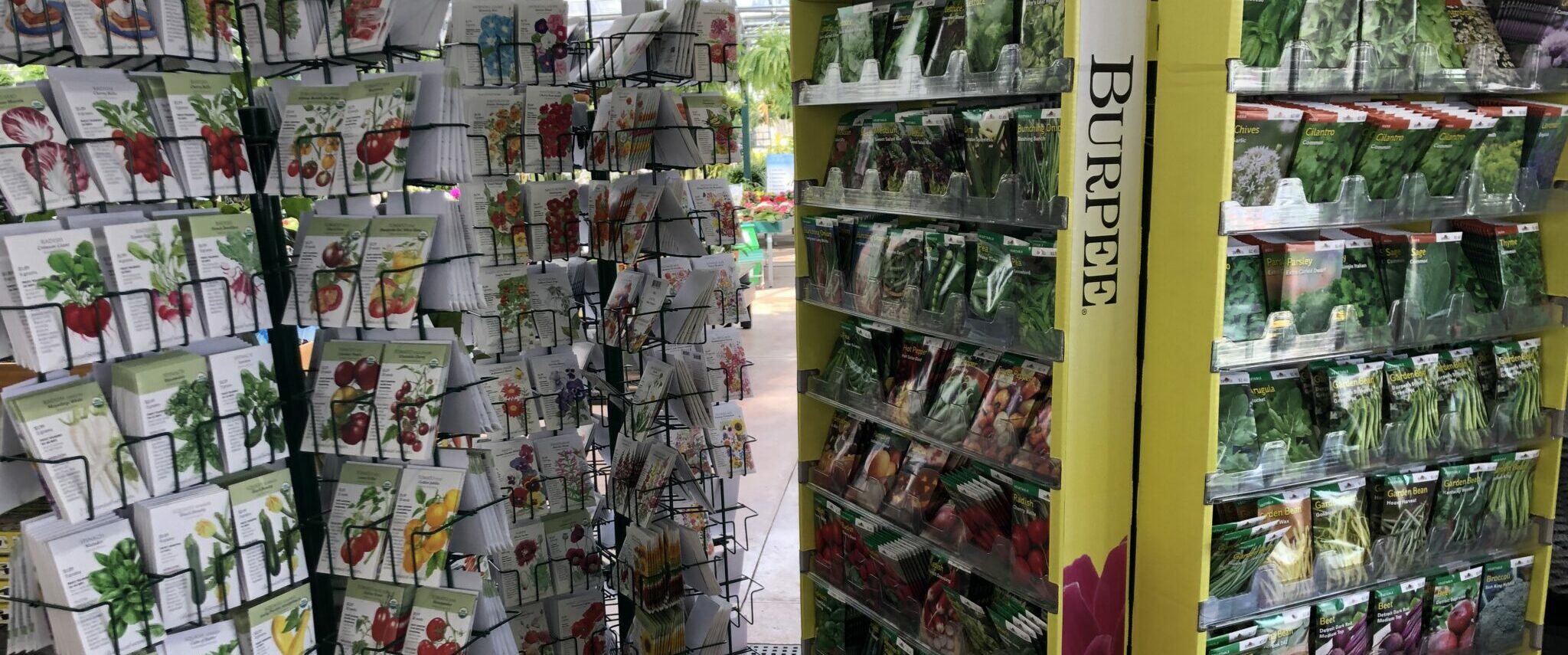
SEEDS
Seeds are in stock! This is the perfect time of year to start your indoor seeds before its time to plant outside.
Here are our quick tips for seed starting:
Start. The packets of seeds are where you can get the most information, but 8-12 weeks before the last frost is the best time to start seeds indoors. Note: some vegetables are better started outdoors, that will also be marked on the seed packets.
Contain. Almost any type of container will do, just make sure that there are drainage holes. We have great seed trays that are specially made for starting seeds. They are easy to fill and have a water tray to keep seedlings happy.
Soil. Use soil that’s made for growing seedlings, not soil from your garden. The soil should be moist before planting and use liquid fertilizer after germination, until transplanting occurs.
Plant. Either place seeds on top of soil surface or bury, look at seed packet to find out what your seeds need. Moisten and cover with a plastic dome that will fit over the seed-starting tray.
Care. It’s time to care for your seedlings. A mister or small watering can is going to be the best way to keep the seeds happy. Put a fan on your seedlings so they get good air circulation. Now is the time to regularly fertilize to help set up your seeds for success.
Light. Place seedlings in front of a south facing window, rotating regularly so they don’t start to lean. Growing under lights? Make sure the lights are just a few inches above the seedlings and make sure to set a timer for 15 hours of light a day – those little seeds need to rest.
Move. A gradual transition outdoors is best for seedlings, called hardening off. A week before the planned transplant, bring the seedlings outside (shaded, low wind zone of your yard) for a few hours then bring them in overnight. Gradually expose them to more and more sunshine and wind over 7-10 days is the best way to get seedlings ready for planting!
Not sure where to get all of your items to make seedlings grow and transplanting happen? We have what you need here at The Farm at Green Village!
For a comprehensive guide to seed starting please reference this article

ORGANIC SOIL
Now is the best time to test your soil. Don’t dig too early though, as you can break the soil structure before its ready to be turned. Do this simple test:
- Pick up a handful of dirt and squeeze it. If it falls apart, then the soil is dry enough to turn and add new soil to. If it sticks together, the soil is still too moist to turn.
Bumper Crop is the best option for refreshing your soil for in ground planting. Bumper Crop is heavy and very rich, perfect for building your soil in an organic way. With Bumper Crop here are the ways we recommend using it:
- 1 cu ft for every 2 shrubs
- 2 cu ft for every balled or burlapped tree
- 2 cu ft for every 25 square feet into the top 6″-8″ of soil for flower and vegetable gardens.
For raised beds and pots we like Coast of Maine products. They come in a variety of types (Potting Soil, Lobster Compost, and Raised Bed Mix, just to name a few) so you can be sure that your beds get the best nutrients.

